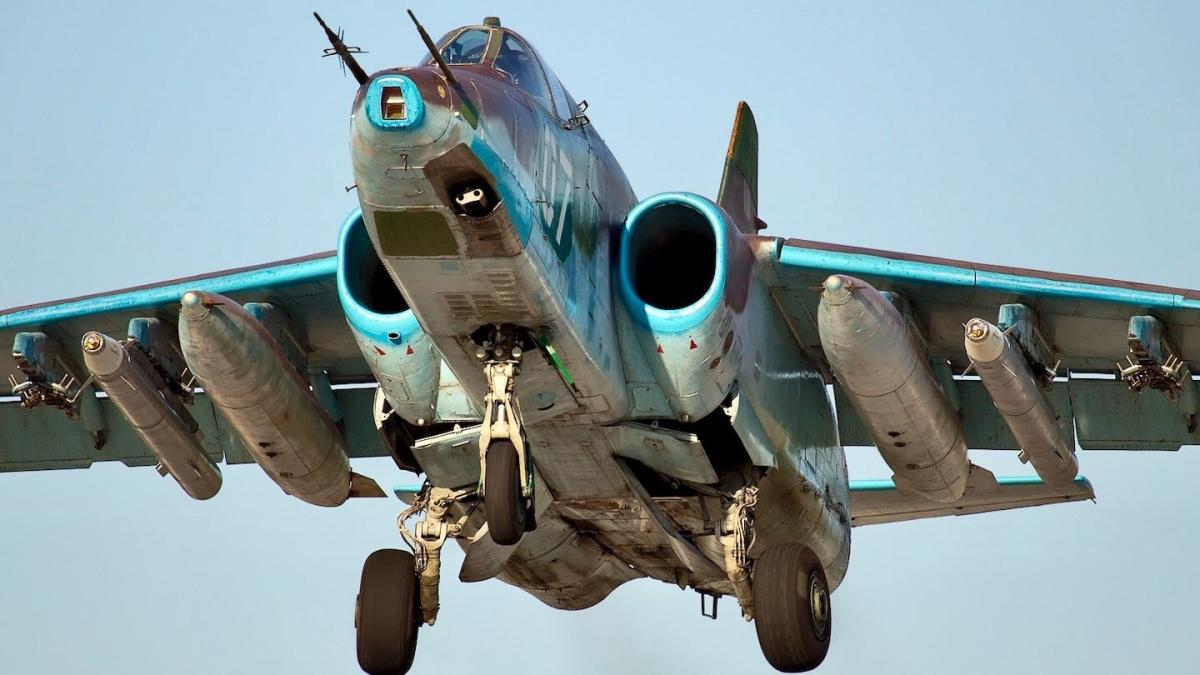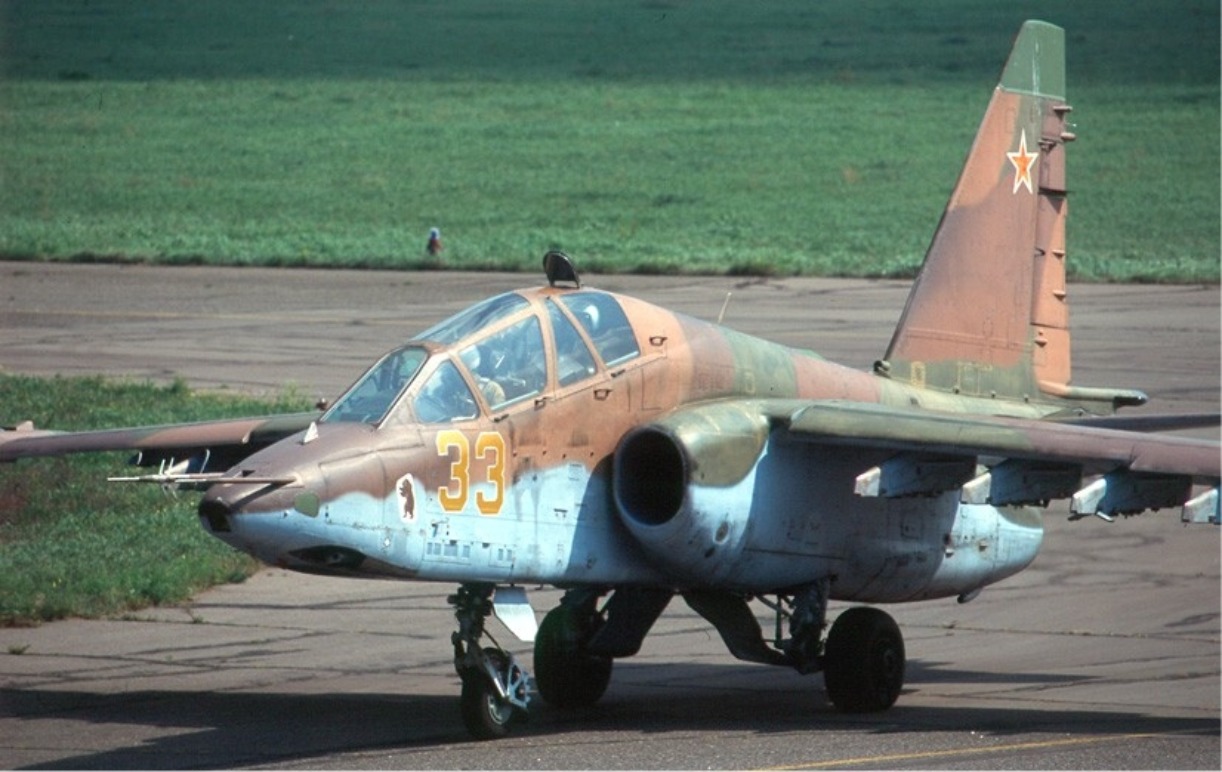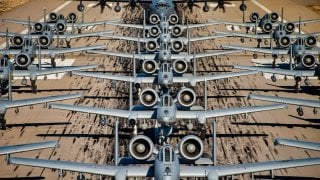How a NATO vs. Russia War over Ukraine Could Accidentally Begin
The fighting in Ukraine is threatening to spill over onto neighboring countries and trigger an intervention by the United States and NATO.
Summary and Key Points: The conflict in Ukraine risks spreading to neighboring countries, prompting possible U.S. and NATO intervention.

-Recently, Russian fighter jets violated the airspace of NATO's newest members, Finland and Sweden. On June 10, Russian strategic bombers and fighter jets entered Finnish airspace, leading to a response from Finnish F/A-18 Hornets. Similar airspace violations occurred over Sweden on June 14, involving a Russian Su-24 bomber.
Russian Air Violations in Finland and Sweden: NATO on Alert
The fighting in Ukraine is threatening to spill over onto neighboring countries and trigger an intervention by the United States and NATO.
Over the previous week, Russian fighter jets violated the airspace of Finland and Sweden, the two newest members of the Transatlantic alliance.
Air Violations
On June 10, Russian aircraft violated Finnish air space, triggering a response from Helsinki. Specifically, a number of Russian aircraft – including Tu-95MS Bear and Tu-22M3 Backfire strategic bombers, which can carry nuclear weapons, as well as Su-27, Su-30, and Su-33 Flanker fighter jets – entered Finnish air space while conducting training operations. Finnish F/A-18C Hornet fighter jets scrambled to intercept the Russian aircraft, which left without an engagement.
“As the investigation progresses, it has become apparent that in addition to the previously reported one Russian plane, there is also reason to suspect three other planes of territorial infringement,” Finnish authorities stated following the event.
The Finnish Air Force flies the U.S.-made F/A-18 and has put an order for the F-35A Lightning II stealth fighter jet.
“The area violation is suspected to have been committed by a four-plane division, which included two bombers and two fighter-class aircraft. At its deepest, the territorial violation has extended 2.5 km to the Finnish side,” the Finnish officials added.
Following that incident, on June 14 a Russian Su-24 Fencer bomber violated Swedish airspace, forcing the Swedish Air Force to scramble JAS 39 Gripen fighter jets to intercept the Russian aircraft.
As in the previous incident over Finland, the Russian aircraft left peacefully after a while, and without any engagements. However, the activities themselves are concerning.
NATO and Russia have come close to clashing several times since Moscow’s full-scale invasion of Ukraine. Notable incidents include a Russian fighter jet forcing a U.S. Air Force MQ-9 Reaper drone to crash over international waters in the Black Sea, and a pair of Russian aircraft almost shooting down a British surveillance aircraft in the same area.
Sweden and Finland Join NATO
After Russia invaded Ukraine in February 2022, Finland and Sweden had to make a tough decision.
The two countries had enjoyed a long period of neutrality. Sweden, in particular, remained neutral throughout the two World Wars that shook Europe. During the Cold War, Sweden and Finland largely maintained that neutrality.
But the renewed Russian aggression and the apparent irrationality coming out of the Kremlin presented Helsinki and Stockholm with a tough decision: maintain their neutrality at the risk of being the next course on Moscow’s menu, or join NATO and deal with Moscow’s persistent wrath.

They chose the West and the security it brings. The recent Russian truculence is a reaction to that decision and is likely to get worse in the future. However, Putin and the Kremlin know that they can’t do anything extreme without risking reprisal from the U.S. and NATO.
About the Author: Biography and Military Expertise
Stavros Atlamazoglou is a seasoned defense journalist specializing in special operations and a Hellenic Army veteran (national service with the 575th Marine Battalion and Army HQ). He holds a BA from the Johns Hopkins University and an MA from the Johns Hopkins’ School of Advanced International Studies (SAIS). His work has been featured in Business Insider, Sandboxx, and SOFREP.
All images are Creative Commons.


